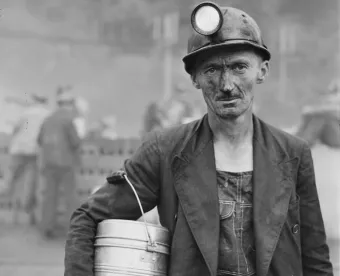The public will have until November 30, 2016, to submit comments on the Mine Safety and Health Administration’s Request for Information on the agency’s strategies for controlling and monitoring exposure of underground miners to diesel exhaust.
Published on June 8, 2016, the RFI had set a comment deadline of September 6, 2016. Assistant Secretary of Labor Joe Main announced that MSHA is exploring further possible rulemaking to limit diesel exhaust at all mines, both coal and metal/nonmetal. MSHA said it is reviewing the agency’s existing standards and policy guidance to determine the effectiveness of protections currently in place to protect miners from diesel exhaust.
MSHA said government epidemiological studies found that diesel exhaust poses health risks to underground miners, ranging from headaches and nausea to respiratory disease and cancer. Because of carcinogenic risks to the health of workers from exposure to diesel exhaust, MSHA requested information on strategies to improve the control of diesel exhaust and “diesel particulate matter” (“DPM”), a component of diesel exhaust.
The federal agency’s existing regulations speak to the health risks to underground and nonmetal miners and coal miners from exposure to DPM. The agency also restricts the occupational exposure of miners to certain components of the gaseous fraction of diesel exhaust.
A 1996 MSHA final rule protects underground coal miners from diesel exhaust. The rule includes requirements for the monitoring of diesel exhaust emissions by coal mine operators, the use of clean-burning engines on diesel-powered equipment, and the presence of sufficient ventilating air where diesel-powered equipment is operated.
A 2001 MSHA rule limits DPM exposure in underground coal mines. MSHA estimated at the time that non-permissible, light-duty, diesel-powered equipment had a service life of 10 years, and it expects that the older equipment would be replaced with equipment with newer and cleaner diesel engines. MSHA’s latest diesel inventory revealed that the newer equipment makes up about 66 percent of the total existing diesel-powered fleet. In its RFI, MSHA seeks information on the performance of the newer equipment.




 />i
/>i

